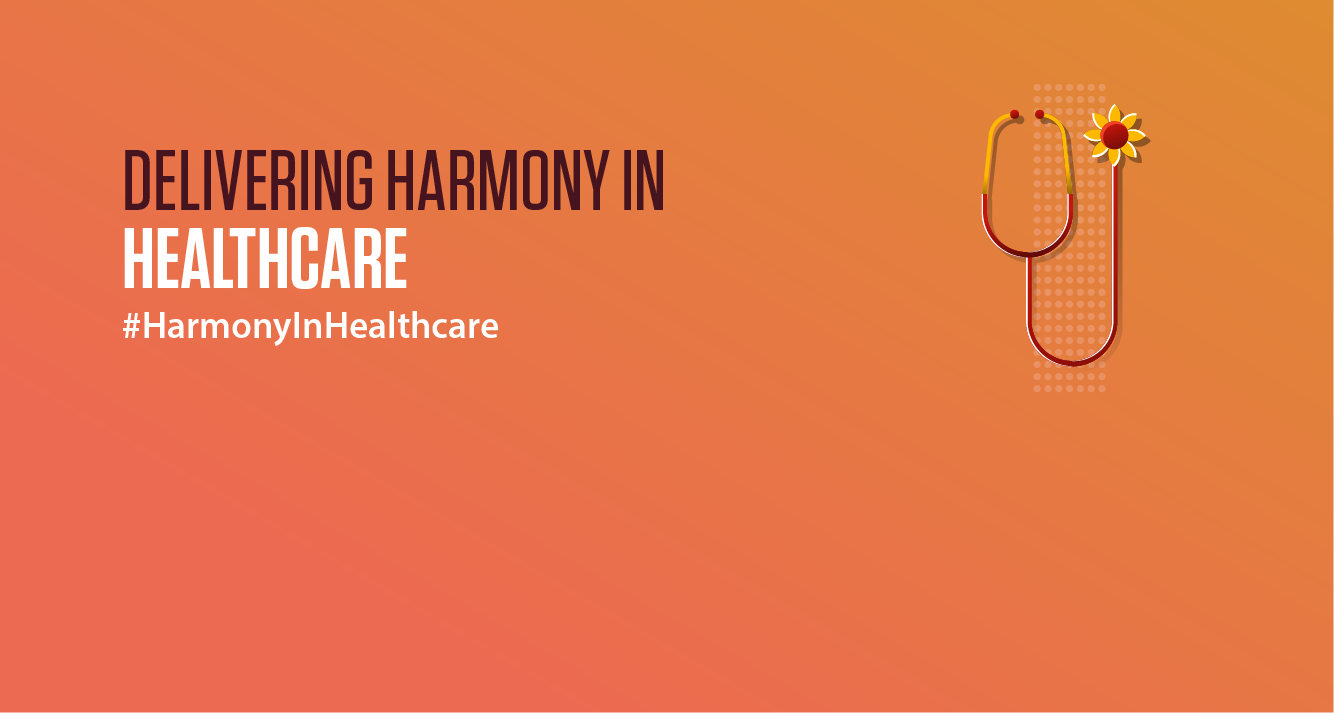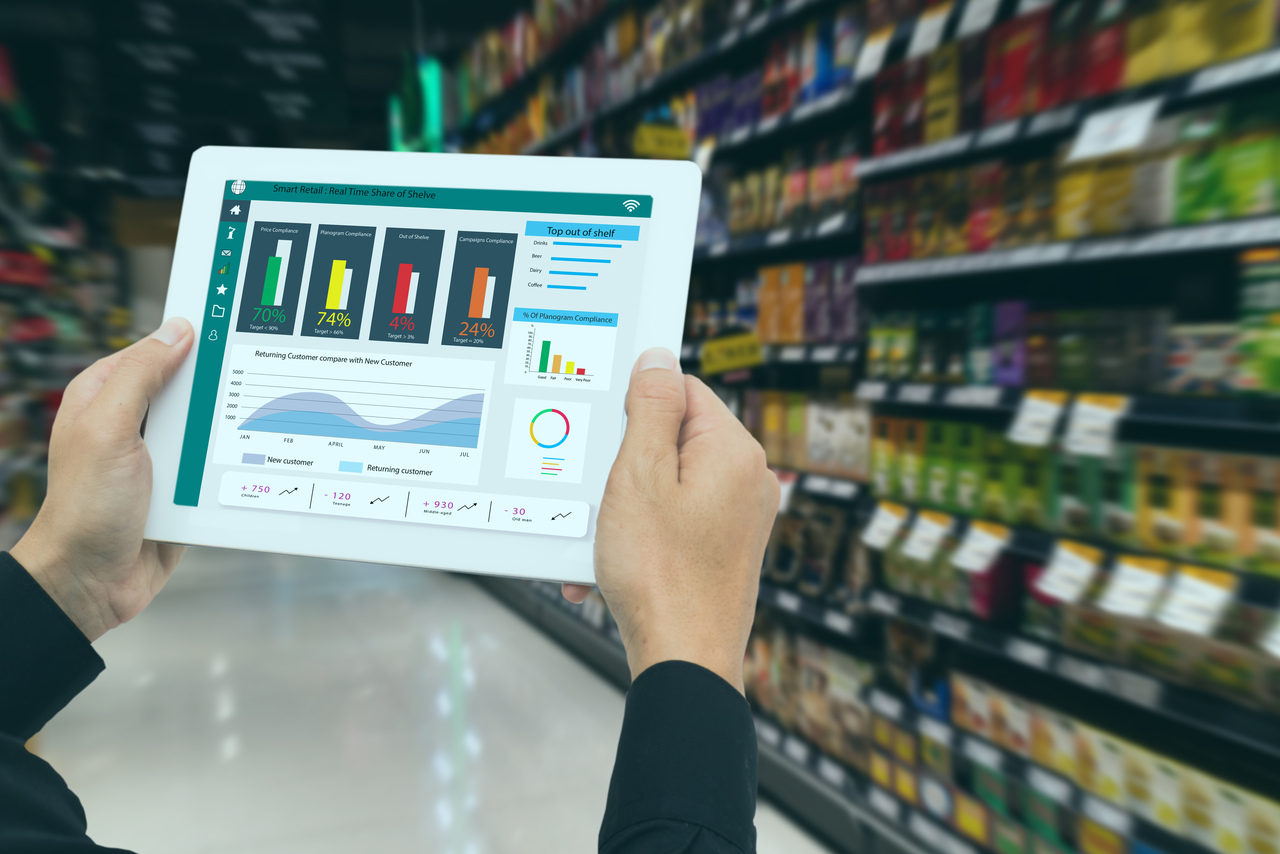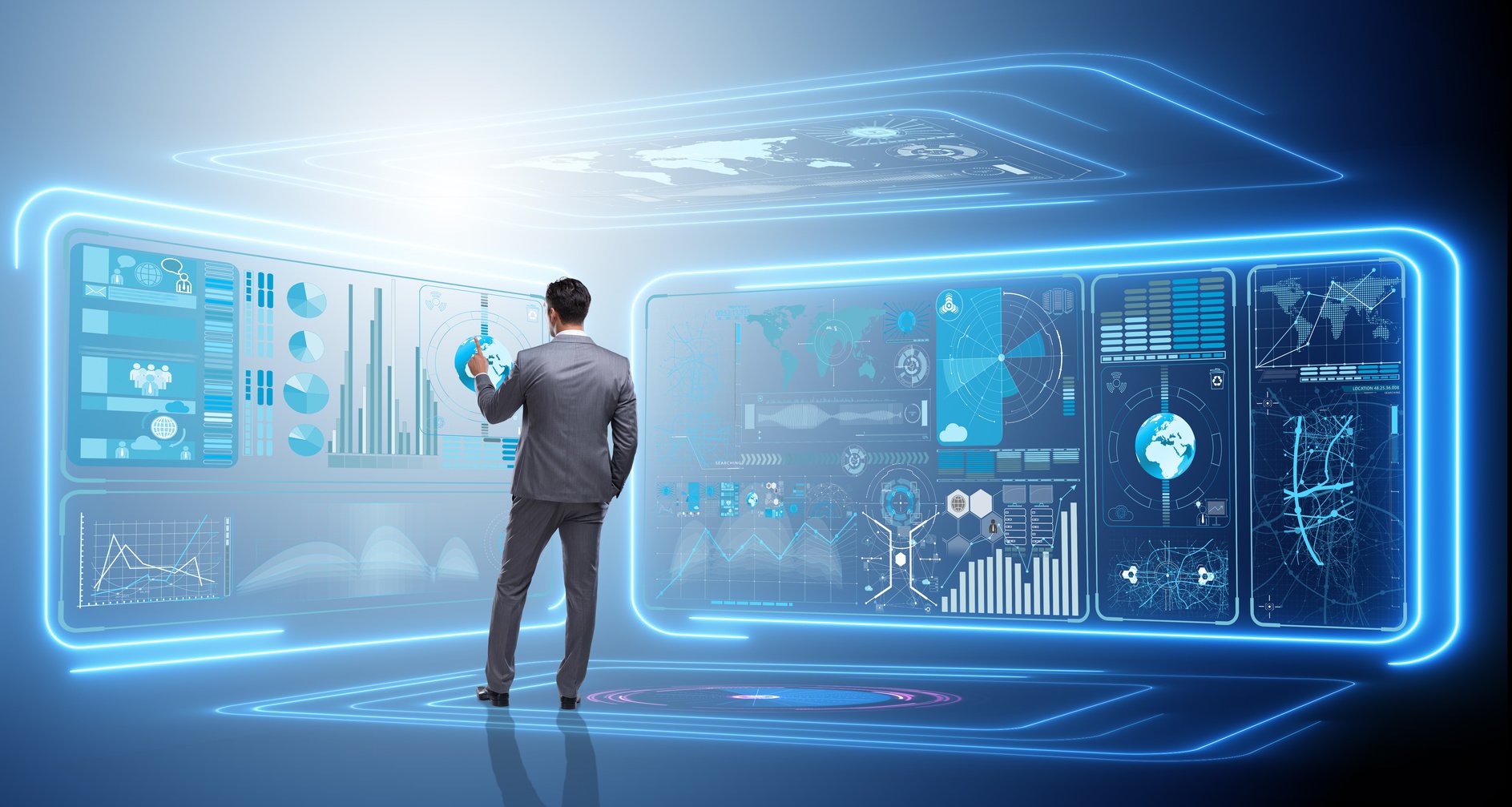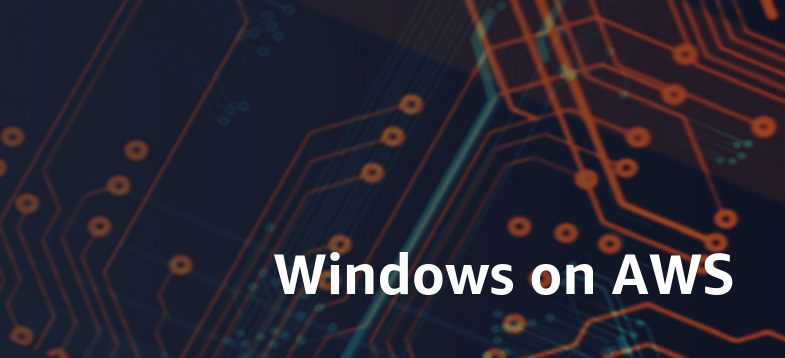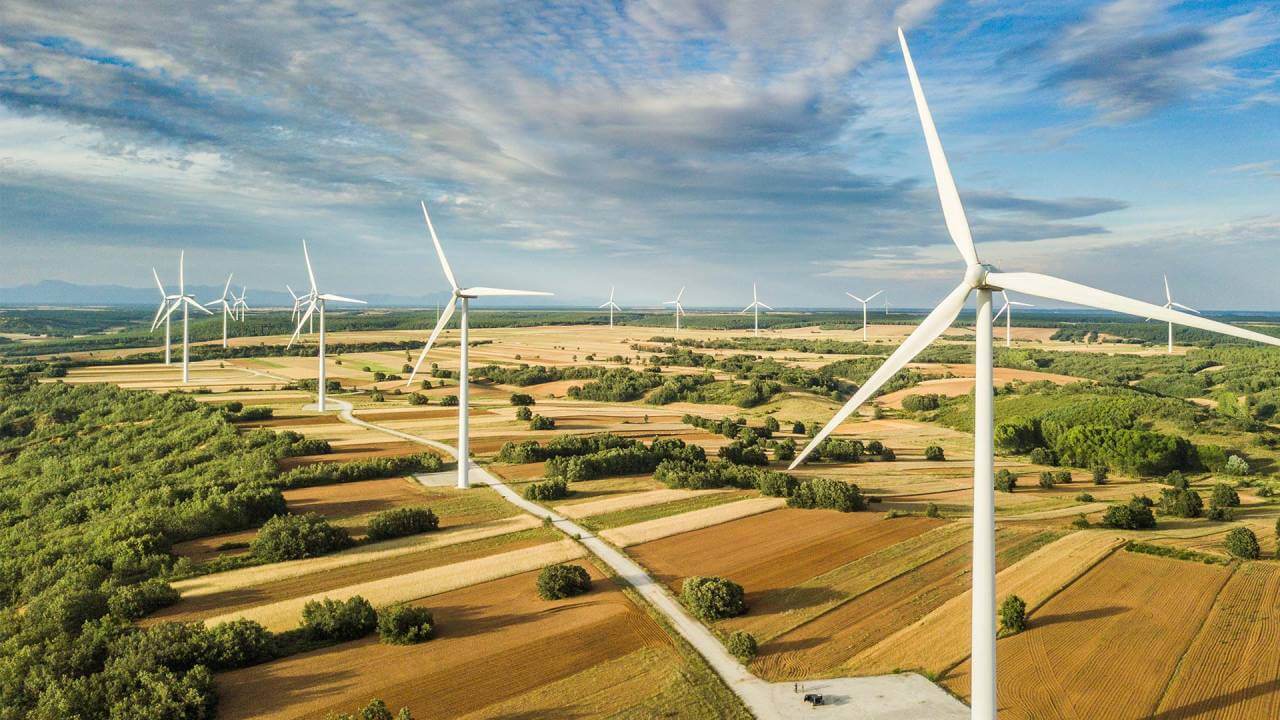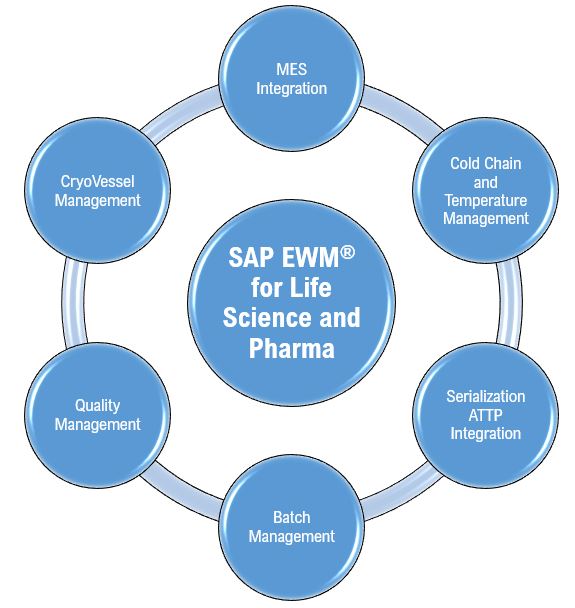The transition to Net-Zero economy is a complex global goal aimed at mitigating climate change. In this regard, Demand Response (DR) software plays a pivotal role in this transition by optimizing energy consumption and enhance grid stability.
Here’s why demand response software is essential for Net-Zero goals:
- Integration of Renewable Energy
- Grid Stability & Flexibility
- Energy Efficiency, Power quality and cost Saving
- Decarbonization and Prosumer engagement
- Decentralized Energy System
- Operational carbon emission reduction
- Data driven decision making
- Policy & Regulatory Support
- Resilience and Reliability
- Improve Productivity
Integration of Renewable Energy source like Solar, and wind are intermittent, meaning their out varies based on weather conditions. DR software helps balance supply and demand by shifting energy usage to times when renewable generation is high, reducing reliance on fossil fuel-based backup power.
Maximizing Renewable Utilization: By aligning energy consumption with renewable energy availability, DR software ensures that clean energy is used effectively, reducing curtailment and generation waste.
Compliance with Regulations: Many govt. and regulatory bodies are implementing policies to encourage demand flexible response as part of their net-zero strategies, DR software helps utilities and consumers comply with these regulations.
Market Participation: DR software facilitates participation in energy market, capacity markets and ancillary services, providing additional revenue streams for participants.
Grid stability and flexibility: DR software helps reduce peak demand by incentivizing consumers to lower or shift their energy usage during high peak demand periods. This reduces strain on grid and minimizes the need for carbon-intensive peaking power plants.
Frequency Regulation: As the grid incorporates more renewables, maintaining grid stability becomes more challenging. DR software can provide real-time adjustments to demand, helping to balance supply, demand and maintain grid frequency.
Data Driven Decision Making: DR software leverages data analytics and machine learning to predict energy demand, optimize consumption pattern and provide actionable insights for both utilities and consumers.
Real-time Monitoring: Real-time data monitoring allows for immediate adjustments to energy use, ensuring the grid operates efficiently and reliably.
Conclusion:
Demand response (DR) software is a corner stone of the net-zero transition, enabling the efficient integration of distributed energy resources (renewable energy), Energy Storage, EV charging, enhancing grid stability, and reducing carbon emissions. DR Software will not only support in early transition for Net-Zero, but also support in saving cost towards grid modernization.
